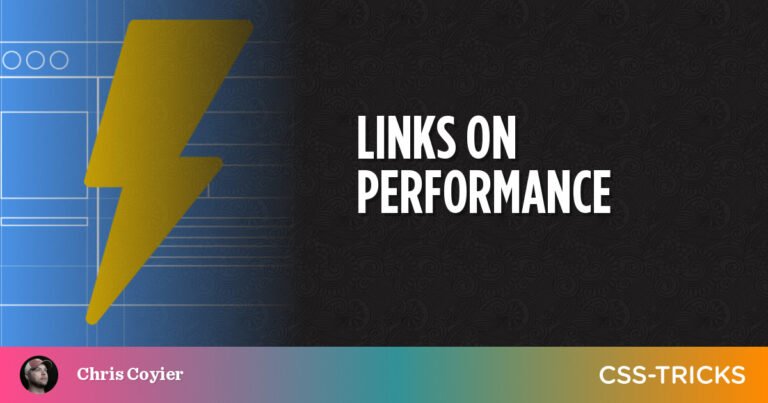First impression matters and the first impression an internet user has of a website when they visit it for the first time determines how much credibility they will give the company that owns it. A website’s design makes it attractive, and it takes a couple of seconds of a visitor looking at the design to make their mind up about that website. Companies should take this seriously and put in significant effort when designing their website.
Potential customers and clients care about a website’s design, and a good one will make them want to stay and explore the site to find whatever brought them there. Humans are attracted to visually appealing things, so poor web designs can reduce traffic since visitors will not stay long on sites with bad designs.
What Qualifies As Good Website Design?
Table of Contents
A good website design combines different colors, shapes, graphics, text sizes, fonts, and images to please the eye. The tabs and links on the website should also be well-placed and easy to find. The site should be easy to navigate and have its web pages load quickly. Its user interface and experience should be rated positively by most website visitors. Here is how a good web design is beneficial for any company:
- It makes the site more usable
Websites should be designed such that users are easily informed of a company’s product or service offerings, promos, and other important information. This accessible information will inspire the user to click and dive deeper into the website to find whatever brought them to the site.
- It enables seamless navigation
Visitors should be able to seamlessly navigate through web pages to achieve their goals. If the pages load slowly, they will lose patience and leave for a competitor’s site. The navigation buttons that allow visitors to scroll through different web pages displaying search results should be visible and working as intended.
- It drives conversions
A well-designed website should drive users towards things of interest like limited-time promos, exclusive deals, calls-to-action, and more. The design should also have the potential to convert leads that visit the site into customers.
- It preserves brand credibility
Some people decide how credible a company is by how well its website is designed. For example, a law firm web design that exudes professionalism and quality will give people a good impression of the firm and make them more likely to hire their services.
/*div{padding-right:0!important;padding-bottom:10px}.ml-form-formContent.horozintalForm .ml-button-horizontal{width:100%!important}.ml-form-formContent.horozintalForm .ml-button-horizontal.labelsOn{padding-top:0!important}}
/*]]>*/
/**/
![]()
How Much Focus Should a Company Place On Its Web Design?
Companies should take their web design seriously because it can affect their online reputation and sales. When a company’s site is being developed, the owner should allocate enough funds to ensure they create the best website their budget permits. This one-time cost will have fantastic ROI in the long term. They should also monitor the process and assume the role of a potential customer when reviewing the design to give them an objective view of it. Here are some reasons why placing as much focus as possible on a website’s design is crucial:
- It allows for effective search engine optimization (SEO)
Search engine crawlers navigate websites in accordance with their user experience. If a website is well-designed, google crawlers will index it faster and more efficiently than if it is not. Search engine crawlers will give up on a website the same way a human would if it is poorly designed and difficult to navigate.
If a Google crawler can successfully index a website, it will rank higher on google searches when internet users search for related keywords. This will give the site more credibility and increase its traffic.
- It gives the business a competitive advantage
A business with a website better designed than its competitors will stand out online and attract more customers than others. More sales equal more revenue and the eventual ability to grow the business to a level above the competition.
- Most marketing efforts direct leads to a website
Most businesses direct leads to their website in their various marketing campaigns. Once these leads visit the website, they expect to see a well-designed platform with a clear call to action that they can easily navigate. Poor website design will turn many leads off, costing the company their ad spend. Focusing on creating an exceptional web design avoids this occurrence and makes more leads want to do business with the company in question.
- It defines the way people perceive a company
A website’s design should be indicative of the industry in which they operate. Its company logo and brand elements should be visible so visitors can recognize them when they see them outside the website. The design should also make it easy for people to know what products and services they can access through the site. The company’s contact information should be clearly written in case website visitors need to reach them directly.
- The website should be optimized for mobile access
Many internet users use smartphones to visit websites nowadays, so companies should design their websites so mobile visitors can seamlessly access and navigate through them. Web pages and images should load quickly, and tabs should be displayed elegantly on mobile phones. This will encourage first-time mobile visitors to return to the site as often as they want.
Elements of Good Website Design
Good design needs to be pleasing to the eyes, show brand identity, have a user-friendly interface, and offer an excellent user experience. Here are the elements that combine to give the desired effect:
- Brand Image
Websites are the online home of businesses, so the design of any website has to be in line with the brand it represents. The brand elements of any company should be consistent across all its digital channels to make them more recognizable. For example, the color scheme of a company’s website should contain the same colors as that brand’s logo. This also applies to fonts, shapes, and graphics.
- Site Layout
Website layouts should be tidy, simple, and organized such that the link to the essential parts of the platform stands out. Audience preferences should determine the length of lists and the number of elements on drop-down menus. It would be best to experiment with different list lengths and menu items to know what the site visitors respond well to.
Layout organization affects site usability because web pages that are too “busy” deter visitors because it makes it hard for them to find what they are looking for. They prefer things to look simpler and grouped into categories.
Text fonts on websites should be legible and stand out against the background images and colors. Also, the fonts and text colors of the brand should be consistent across the graphics on different digital channels to encourage brand recognisability.
The font style a brand chooses should be tailored toward its target demographic. For example, a law firm’s web design should contain a professional-looking font because their clients hire them for serious work. Meanwhile, a toy store can use playful fonts because their products are aimed at children.
Endnote
Web designs are crucial to any company trying to make an impact online. Since the design is one of the first things a website visitor notices, it is best that business owners put a lot of thought into making it appealing and easily navigable. This will drive more traffic to the site and increase the chances of converting leads to customers. It will also give the website more credibility and optimize it for search engines.






